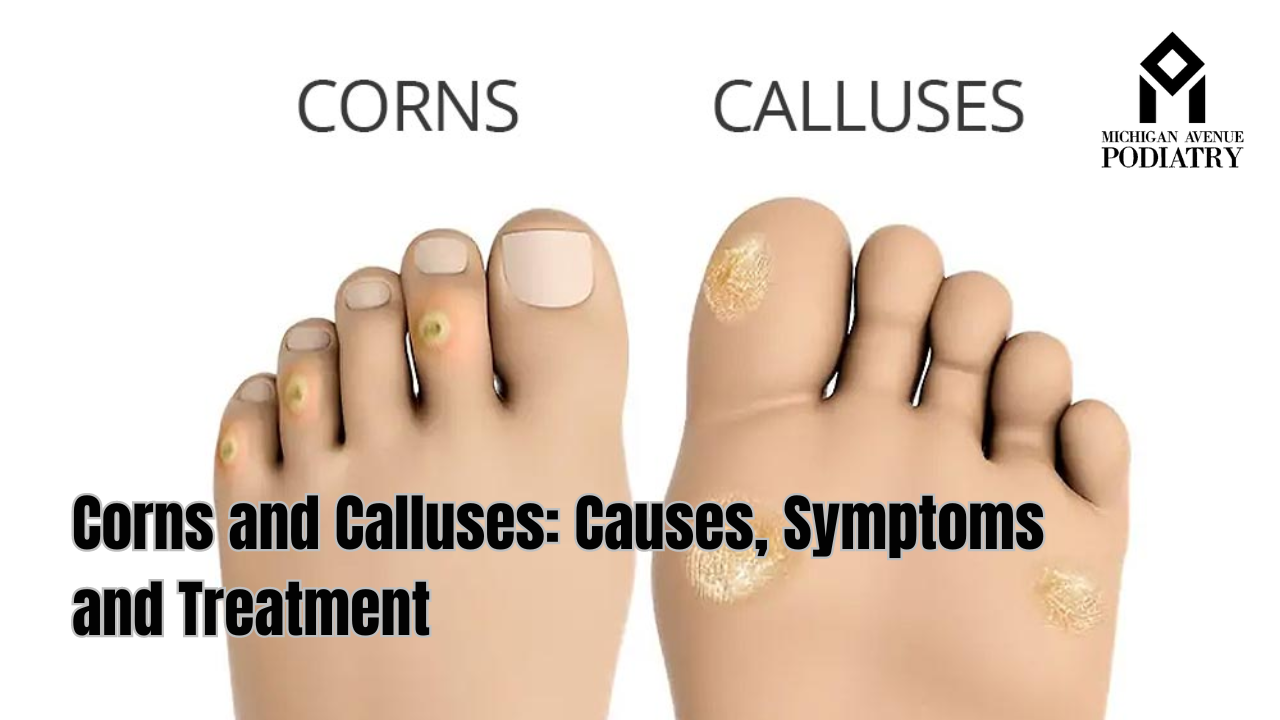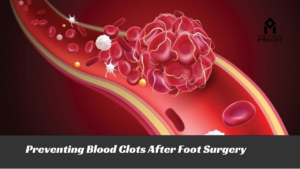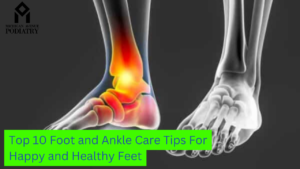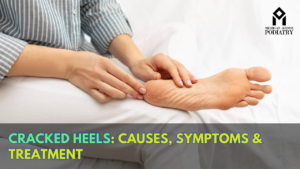Corns and calluses are common foot ailments that can cause discomfort and pain, impacting daily activities and quality of life. While often viewed as minor nuisances, these conditions require attention and proper treatment to prevent complications. In this comprehensive blog post, we’ll delve into the causes, symptoms, and treatment options for corns and calluses, with expert insights from podiatrists.
What Are Corns and Calluses?
Corns and calluses are thickened, hardened areas of skin that develop in response to friction or pressure. They typically form on areas of the feet that experience repetitive rubbing or irritation, such as the toes, heels, or balls of the feet. While similar in appearance, corns and calluses differ in location and structure:
- Corns:
- Corns are small, round areas of thickened skin that often develop on the tops or sides of the toes.
- They may be hard and dry (hard corns) or soft and moist (soft corns).
- Corns can cause pain or discomfort, especially when pressed or squeezed.
- Calluses:
- Calluses are larger, flat areas of thickened skin that typically form on the soles of the feet or other weight-bearing areas.
- They are usually painless but may become tender or irritated if they grow excessively.
Causes of Corns and Calluses:
- Friction:
- Continuous rubbing or pressure on the skin can lead to the formation of corns and calluses. This often occurs due to ill-fitting shoes, high heels, or repetitive activities such as running or walking long distances.
- Foot Deformities:
- Structural foot deformities such as hammertoes or bunions can cause abnormal pressure points, increasing the risk of corns and calluses.
- Improper Footwear:
- Wearing tight, narrow, or poorly cushioned shoes can contribute to the development of corns and calluses by increasing friction and pressure on the feet.
Symptoms of Corns and Calluses:
- Thickened, rough areas of skin
- Discoloration (yellowish or grayish)
- Pain or tenderness when pressure is applied
- Flaky or dry skin
Treatment Options:
- Padding or Cushioning:
- Podiatrists may recommend using protective padding or cushioning to reduce friction and pressure on corns and calluses, allowing them to heal.
- Proper Footwear:
- Wearing well-fitting, supportive shoes with ample room for the toes can help prevent friction and reduce the risk of corns and calluses.
- Regular Exfoliation:
- Gentle exfoliation with a pumice stone or foot file can help smooth rough areas of skin and reduce the size of corns and calluses.
- Orthotic Inserts:
- Custom orthotic inserts prescribed by a podiatrist can help redistribute pressure on the feet and correct underlying biomechanical issues contributing to corns and calluses.
Expert Podiatrist Insights: Podiatrists play a crucial role in the diagnosis, treatment, and prevention of corns and calluses. By addressing underlying causes and providing tailored interventions, podiatrists help patients achieve relief from discomfort and improve foot health.
Conclusion: Corns and calluses are common foot conditions that can cause pain and discomfort if left untreated. By understanding the causes, symptoms, and treatment options for corns and calluses, individuals can take proactive steps to alleviate discomfort and prevent recurrence. If you’re experiencing persistent corns or calluses, don’t hesitate to consult a podiatrist for expert evaluation and personalized treatment recommendations. Your feet will thank you for it!
To schedule an appointment with our board-certified foot and ankle specialists, Book Your Appointment Now




